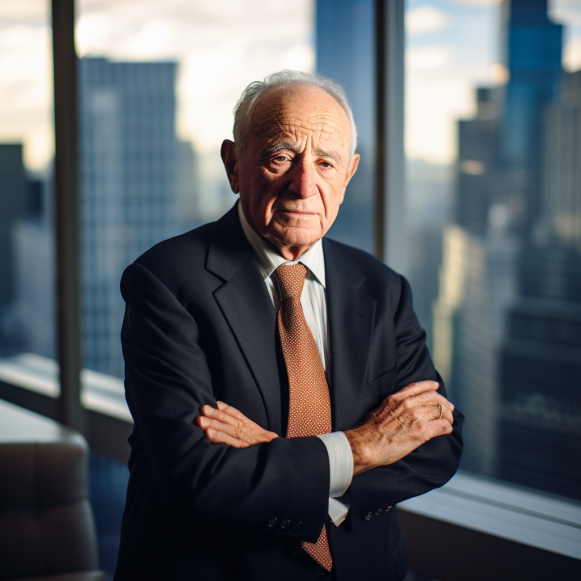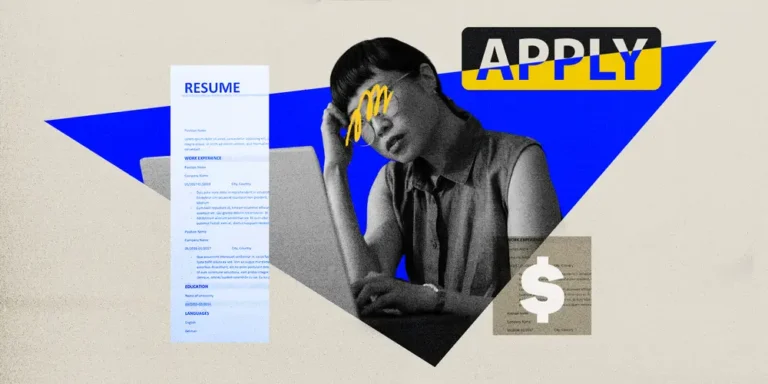‘We’ve reached a new level of narcissism’: Long-time bear David Rosenberg explains why a recession is still coming — and names 7 investments that can save investors from the pain

- Economist David Rosenberg’s recession call hasn’t materialized, even as growth slowed in 2022.
- Rosenberg underestimated the strength of the labor market and consumers’ propensity to spend.
- Here are seven ways that nervous investors can get defensive ahead of a downturn.
A recession is becoming increasingly unlikely, according to leading market strategists and Federal Reserve officials. However, a few skeptics continue to deny that optimistic thesis.
“Everyone and their mother has thrown in the towel on the recession call and embraced the soft landing narrative,” said David Rosenberg, the founder and chief economist at Rosenberg Research, in a recent interview with Insider.
“But it’s a false debate because the choice isn’t between a soft landing and a recession,” Rosenberg continued. A soft landing takes place at a different stage of the business cycle. A soft landing is the transition or bridge from the phase of expansion to the phase of contraction. And that’s where we’ve been for several quarters — in that transition phase.”
Rosenberg isn’t afraid to swim against the tide in a field where groupthink is prevalent. He predicted to Insider in 2022 that an economic slowdown would turn into a recession, and two consecutive quarters of negative GDP followed.
While no official contraction has occurred, Rosenberg is refusing to abandon his bearish base case until early-to-mid 2024.
“While the lags from what the Fed has done to the recession have been long, I still believe it’s too early to throw the recession call out the window,” Rosenberg said. “The lags were even longer heading into the Great Recession.”
Why the economy fared better than Rosenberg predicted
The strength of the US economy is reflected in employment, which remains historically low, and spending, which has proven to be far more resilient than expected in the face of higher interest rates.
Jobless claims fell below expectations again on Thursday, while nonfarm payrolls increased in August. Rosenberg acknowledged that unless the labor market weakens to the point of contraction in the next six months, the downturn he has long predicted may not occur.
“If we have a situation where the corporate sector is compelled to accelerate wages and continues to create jobs at the rate that it has, it’s going to be very difficult to get a recession,” Rosenberg said. “The labor market — employment — is always the last man standing.” However, if the last man standing by the first or second quarter, there will be no recession.”
Rosenberg, on the other hand, is adamant that the labor market is cooling. He claims that hiring rates for both full-time and temporary workers are declining. While part-time employment is increasing, the economist believes it is a leading recession indicator because it indicates people need more money.
Low firing rates are also deceptive, according to Rosenberg, because they appear to signal strength but actually indicate that the employment picture is artificially healthy. Firms would let more workers go, but they are delaying because it would be difficult to rehire them in such a tight labor market.
“Companies are really holding the line on handing out pink slips, and that’s just a fact — not an opinion,” Rosenberg said. “Unfortunately, in order for my call to be fulfilled, people would have to be laid off.” It is necessary for employment to begin to decline. So that’s the real missing link.”
Spending has also been much higher than Rosenberg predicted. He claimed that he underestimated the full impact of fiscal stimulus because he overestimated the amount of money Americans would save when they received stimulus checks. Many people went shopping instead of strengthening their bank accounts.
“The biggest mistake I made was relying on historical precedents,” said Rosenberg. “In the past, when faced with such generosity from Uncle Sam, households would save half of the money and spend half.”
“But we’ve reached a new level of narcissism where acronyms like YOLO in the household sector are what FOMO is in the stock market,” Rosenberg continued. So spend your rage, spend your vengeance, fill up your bucket list — you only live once.”
Consumers are the lifeblood of the US economy, and Rosenberg believes that if they are forced to cut back on spending, growth will quickly turn negative. He predicts a similar downturn.
“All that money got spent, and we’re not talking about a small sum of money here — we’re talking $2.2 trillion,” Rosenberg said. “Of course, it couldn’t be spent all at once, but then again, that was the Energizer Bunny.” And the Energizer Bunny’s batteries will run out by the end of September.”
7 defensive positions to play right now
After explaining what he missed about the economy and why he’s still optimistic about the future, Rosenberg shared his investing strategy for this volatile market.
Investors concerned about the economy should look for stocks in four sectors, according to Rosenberg: consumer staples, healthcare, telecommunications, and utilities. This year’s top sector is communication services, which includes telecom companies. The other three sectors have been the market’s biggest laggards, but Rosenberg believes that will change.
“If you are a long-only equity manager, you want to focus on the most defensive parts of the market that also have rate sensitivity,” Rosenberg explained.
Technology and other growth names will also outperform value stocks once the economy slows and interest rates fall, according to Rosenberg. However, the economist stated that he would hold off on that trade until 2024, when he believes valuations will be more appealing.
“You want to own what’s scarce, so you want to own growth stocks,” Rosenberg explained. “I’m probably much more bullish on growth than I am on value because value is very cyclical, and growth stocks tend to be valued based on a longer-term earnings profile.”
“So if I’m right that we’re at or near peak rates and the next big move in rates will be lower, the growth outlook, the long-run profits outlook for growth stocks will look a lot better,” Rosenberg continued.
Outside of stocks, bonds are primed for a strong year as interest rates fall across the curve, according to the head of Rosenberg Research. After a brutal 2022, fixed income has struggled once more as the Fed keeps rates high to ward off inflation, which reduces bond values. While others are abandoning the asset class, Rosenberg sees significant opportunities.
“I’m a contrarian by nature,” Rosenberg admitted. “Treasury notes and bonds are currently the most despised and most shorted asset class.”
Long-term bonds, including 10-year US Treasury bonds, offer the best risk-reward prospects in fixed income, according to Rosenberg. Those with a lower risk tolerance can diversify risk by buying bonds across the entire yield curve, though this may reduce total returns if Rosenberg is correct.






